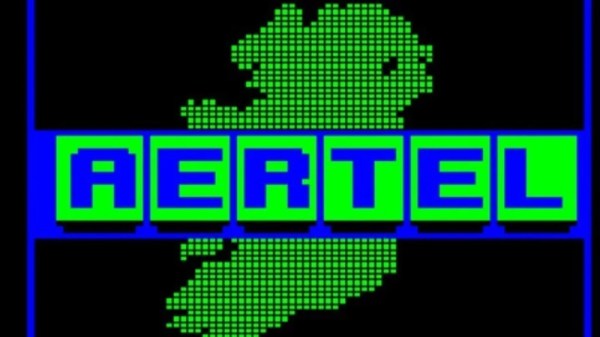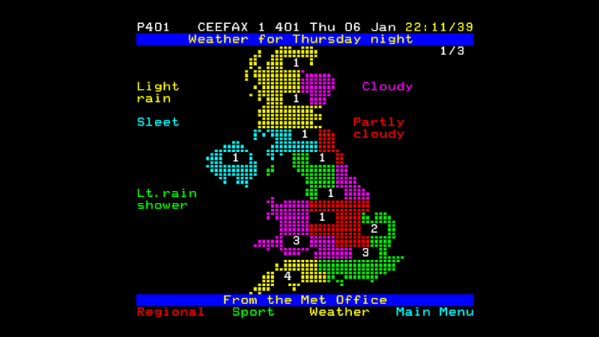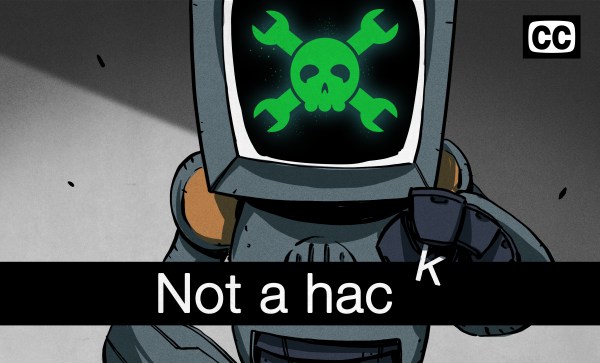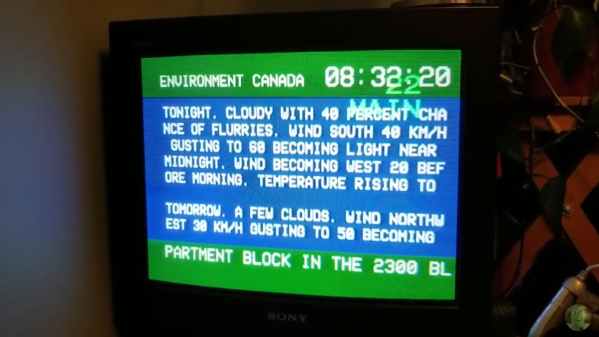Long before we had internet newsfeeds or Twitter, Ceefax delivered up-to-the-minute news right to your television screen. Launched by the BBC in 1974, Ceefax was the world’s first teletext service, offering millions of viewers a mix of news, sports, weather, and entertainment on demand. Fast forward 50 years, and the iconic service is being honored with a special exhibition at the Centre for Computing History in Cambridge.
At its peak, Ceefax reached over 22 million users. [Ian Morton-Smith], one of Ceefax’s original journalists, remembers the thrill of breaking stories directly to viewers, bypassing scheduled TV bulletins. The teletext interface, with its limited 80-word entries, taught him to be concise, a skill crucial to news writing even today.
We’ve talked about Ceefax in the past, including in 2022 when we explored a project bringing Ceefax back to life using a Raspberry Pi. Prior to that, we delved into its broader influence on early text-based information systems in a 2021 article.
But Ceefax wasn’t just news—it was a global movement toward interactive media, preceding the internet age. Services like Viditel and the French Minitel carried forward the idea of interactive text and graphics on screen.


















